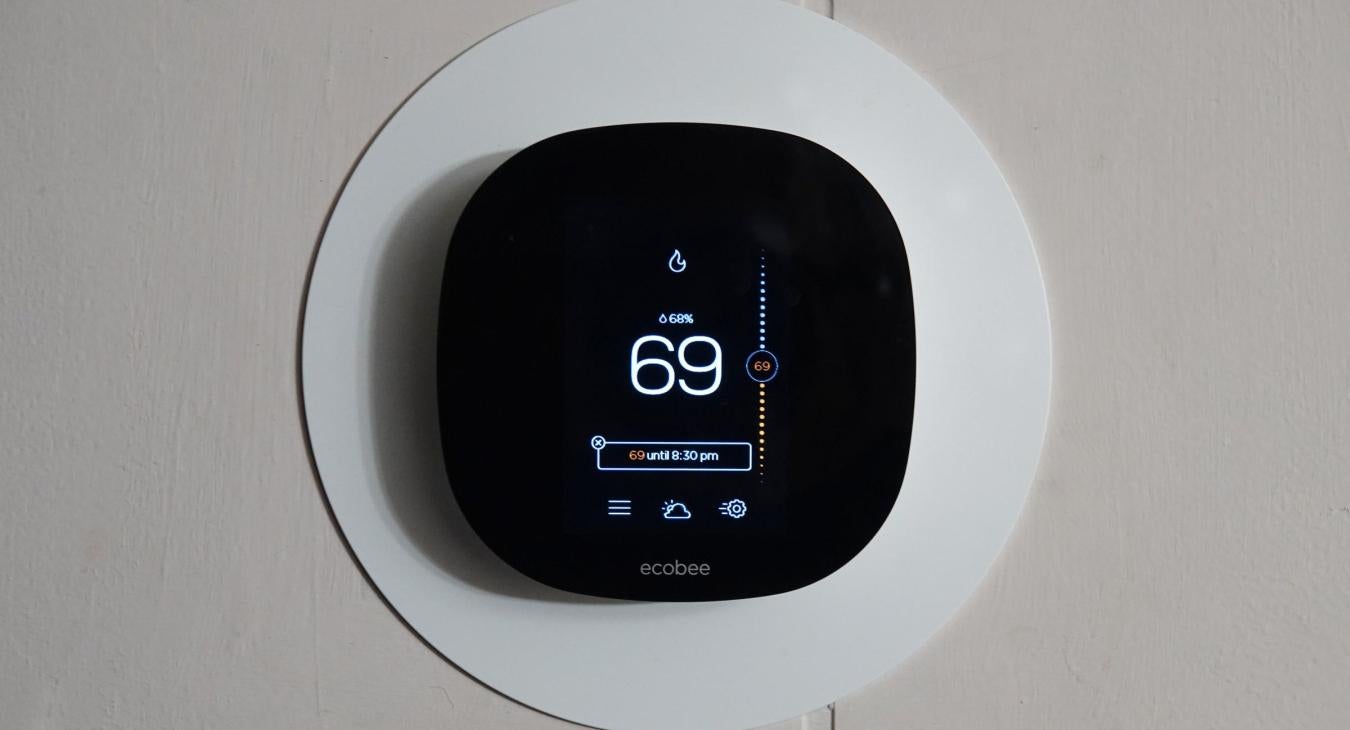By Tolu Omotoso
Have you ever received your energy bill and thought, “I wonder which appliances in my home are using the most energy?” Don’t worry––you’re not alone. A few years ago, after being away for a somewhat lengthy trip, I arrived home to a typical energy bill. I was surprised because I expected a lower bill after being away from home. This led me to an enlightening journey in search of answers.
My first set of answers came from browsing the Energy Information Administration’s (EIA) website, specifically the Residential Energy Consumption Survey. According to EIA, a typical U.S. home spends more than $2,000 annually on energy bills, and on average, more than half of household energy consumption is for just two energy end uses: space heating and air conditioning. Seeing this, I understood the importance of adjusting my thermostat while I’m away because it truly makes a difference in our monthly bills.
I also learned that water heaters tend to be the third largest energy user at 13%, followed by lighting, which usually accounts for about 12.5% of the average energy bill.
Once I understood the factors driving my energy consumption, I was able to control them and save money by using helpful devices like smart thermostats, water heater controllers, and smart power strips.
Several factors affect the amount of energy a household uses, including geographic location and climate, the number of people in the home, the type of home, and its physical characteristics. The efficiency of energy-consuming devices and the amount of time they are used also impact home energy consumption.
To save energy and reduce your monthly bill, the following tips can help:
1. Use ENERGY STAR®-rated appliances and devices.
2. Replace old, inefficient equipment. For example, if your air conditioner, furnace, or water heater is more than 10 years old, it is likely to use a lot more energy than necessary. A newer model will save you money in the long run and help you avoid an inconvenient breakdown.
3. Use appliances with efficiency in mind. Only wash full loads of clothes or dishes, and when possible, cook with smaller, countertop appliances instead of the oven.
4. Set your thermostat accordingly to scale back heating or cooling when you are asleep or away. When you’re in the home and active, the Department of Energy recommends setting it to 78 degrees in the summer and 68 degrees in the winter. Aim for settings as close to those as possible to save energy.
5. Use energy-efficient LED bulbs. They use 75% less energy than incandescent bulbs and last 25 times longer.
6. Plug electronics into a smart power strip, which allows you to designate “always on” devices that need to maintain a network connection while cutting power from devices like speakers and TVs when they are not in use.
In addition to the steps noted above, consider using real-time energy monitors to help identify faulty appliances or other problems like a broken water heater that runs unnoticed for extended periods, leading to high energy bills.
With a little extra attention to how you use energy in your home, you’ll be well on your way to a path of energy savings––and lower energy bills.

